Entry Category: Media - Starting with A
Adams, Julie
aka: Betty May Adams
African American Perspectives Northeast Arkansas
Allbright, Charles Wilson
Allin, Richard
Allsopp, Fred
Amazing Adventures of My Dog Sheppy, The
American Made
Anderson, “Broncho Billy”
aka: Gilbert Maxwell Aronson
 Broncho Billy Anderson with Oscar
Broncho Billy Anderson with Oscar
Andrews, Lloyd
aka: Arkansas Slim
aka: Slim Andrews
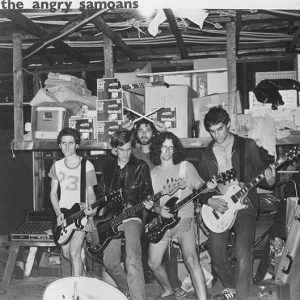 Angry Samoans
Angry Samoans
 Arkansas Banner
Arkansas Banner
Arkansas Banner
Arkansas Business Publishing Group
Arkansas Catholic
Arkansas Democrat-Gazette
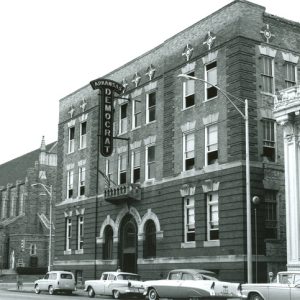 Arkansas Democrat Building
Arkansas Democrat Building
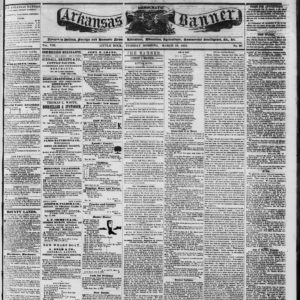 Arkansas Democratic Banner
Arkansas Democratic Banner
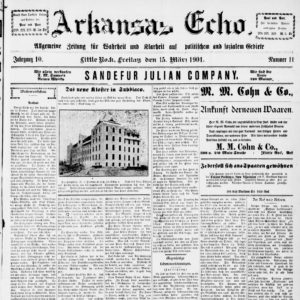 Arkansas Echo
Arkansas Echo
Arkansas Faith
 Arkansas Farmer
Arkansas Farmer
 The Arkansas Freeman
The Arkansas Freeman
Arkansas Freeman
Arkansas Gazette
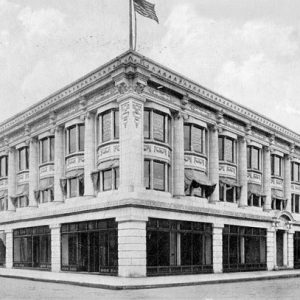 Arkansas Gazette Building
Arkansas Gazette Building
 Arkansas Gazette Printing Plant
Arkansas Gazette Printing Plant
 Arkansas Hunting
Arkansas Hunting
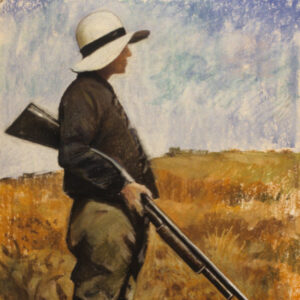 Arkansas Hunting
Arkansas Hunting
Arkansas Judge
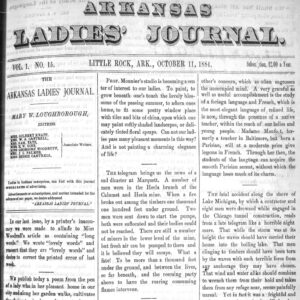 Arkansas Ladies Journal
Arkansas Ladies Journal
Arkansas Law Review
Arkansas PBS
aka: AETN
Arkansas Pioneer Branch of the National League of American Pen Women (NLAPW)
 Arkansas Press Association
Arkansas Press Association
Arkansas Press Association
Arkansas Press Women
Arkansas Pro Chapter of the Society of Professional Journalists
Arkansas Project
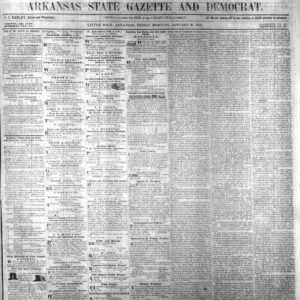 Arkansas State Gazette and Democrat
Arkansas State Gazette and Democrat
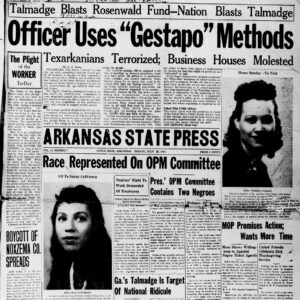 Arkansas State Press
Arkansas State Press
Arkansas State Press
Arkansas Swing, The
Arkansas Times
Arkansas Times and Advocate
aka: Arkansas Advocate
 The Arkansas Traveller
The Arkansas Traveller
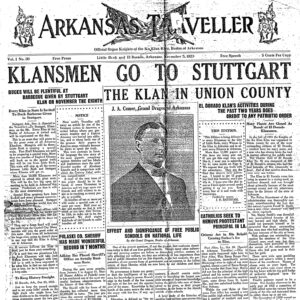 The Arkansas Traveller
The Arkansas Traveller
Arkansas Traveller [Ku Klux Klan Newspaper]
Arkansas True Democrat
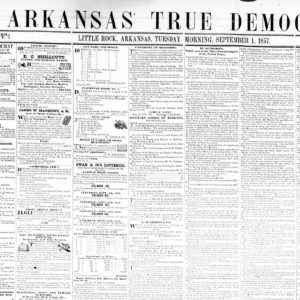 Arkansas True Democrat Masthead
Arkansas True Democrat Masthead




